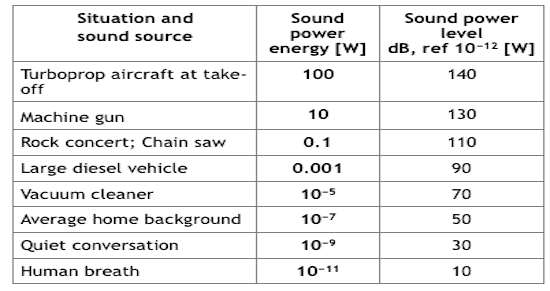There are times when I’m waiting for the green light at the intersection and it sounds like the muffler on my car has fallen off. The sound level of the vibrations in my car almost makes me sick. Searching for the cause of it, I realize that the sound that “makes my decibels ring” is emanating from that another car, two lanes over. Sound familiar?
Hearing Loss
Hearing loss is a problem for many people. It’s common in older age, a natural progression of having acute hearing at young age to partial or complete hearing loss in old age. However, you can avoid premature damage by staying away from big booms, wherever they emanate from.
Really, the young people who turn their car stereos on to ground-shaking sound levels will lose their hearing quite rapidly. They don’t need to wait for old age to catch up. So, what do “decibels,” the common measurement of the sound level mean?
Decibels
To begin with, it’s important to note that the decibel scale is a logarithmic scale. So, each 10 units mean an energy level ten TIMES the next lower 10 units.
For example, 90 decibel (dB) is one hundred times the energy of a 70 decibel sound.
Wikipedia has a table with good examples. Below is an excerpt from that, in common electric energy (W) and decibel (dB) notations:

As you can see from the table above, the human ear is capable of hearing sounds of many orders of magnitude in energy, from a silent breath to loud noise. Of course, sounds at levels above 140 dB are also heard but they’ll quickly cause loss of the hearing sensitivity at the lower end of the energy spectrum.
However, it’s not just the sound or energy level that is important to your hearing; there is another critical element, the sound’s frequency.
Frequency
Not all sounds are the same. Our ability to hear it also depends on another characteristic, the sound’s oscillation or frequency. The human ear is typically attuned to hearing sounds in the 20 to 20,000 Hertz (Hz) range. Frequencies like ultrasound pulses used for
fetal development checks (in the 3-4 million Hz range) or those less than 20 Hz are not audible to our ears. However, that does not mean that they are without potentially negative consequences if exposed to sufficiently high energy levels.
Other organisms have different hearing. For example, dogs can hear higher frequency sounds up to 50,000 Hz (or 50 kHz) and
bats and dolphins are sensitive to sound frequencies up to 100 kHz.
Now, let me tell you about some personal experiences.
Some Experiences
Many years ago, I had opportunity to visit industrial plants in full operation; both were extremely noisy. The first one, a weaving outfit, consisted of one large room with perhaps a hundred spinning and weaving machines. The noise level in there was nearly deafening. The shuttles racing back and forth, several in each machine, sounded more like being on a firing range with a thousand guns going off without interruption. At the time, I was wondering if I would make it from one end of the facility to the other without incurring a permanent hearing loss.
Another interesting experience was visiting a paper mill making paper for newsprint. On one end of the outfit was a big container of water with a high concentration of fibres coming steadily from the mill. The overflow was fed into a series of colanders (big steel rollers) spinning at high speed. At the end of the line the paper got rolled into man-size rolls. There were only a few employees watching. Actually they appeared to be relaxed and, casually, doing nothing. Then, the sound level changed a few decibels to the upside; all hell broke loose. The paper stream had broken and the stuff was flying at high speed in all directions. The “casual” operators were sprinting to their positions and soon the paper stream was in order again. What struck me was that these workers did not need to watch the machine; they were just listening to the sounds.
Kindly Listen
Like seeing, hearing is one of our senses and is no less important than the former. In fact, some people say that hearing is more important than seeing.
In any event, take care of your hearing and tone it down!
 As you can see from the table above, the human ear is capable of hearing sounds of many orders of magnitude in energy, from a silent breath to loud noise. Of course, sounds at levels above 140 dB are also heard but they’ll quickly cause loss of the hearing sensitivity at the lower end of the energy spectrum.
However, it’s not just the sound or energy level that is important to your hearing; there is another critical element, the sound’s frequency.
As you can see from the table above, the human ear is capable of hearing sounds of many orders of magnitude in energy, from a silent breath to loud noise. Of course, sounds at levels above 140 dB are also heard but they’ll quickly cause loss of the hearing sensitivity at the lower end of the energy spectrum.
However, it’s not just the sound or energy level that is important to your hearing; there is another critical element, the sound’s frequency.